Salut d’amour
- 1.Salut d'amour - Accompaniment0:32
- 2.Salut d'amour - Melody0:32
Salut d’Amour (Liebesgruß), Op. 12, is a musical work composed by Edward Elgar in 1888, originally written for violin and piano.
This arrangement of Salut d’amour is by Fabrizio Ferrari for cello and piano and is in the key of A major.
Elgar finished the piece in July 1888, when he was romantically involved with Caroline Alice Roberts, and he called it “Liebesgruss” (‘Love’s Greeting’) because of Miss Roberts’ fluency in German. On their engagement she had already presented him with a poem “The Wind at Dawn” which he set to music and, when he returned home to London on 22 September from a holiday at the house of his friend Dr. Charles Buck in Settle, he gave her Salut d’Amour as an engagement present.
The dedication was in French: “à Carice”. “Carice” was a combination of his wife’s names Caroline Alice, and was the name to be given to their daughter born two years later.
It was not published by Schott & Co., a German publisher, with offices in Mainz, London, Paris and Brussels, until a year later, and the first editions were for violin and piano, piano solo, cello and piano, and for small orchestra. Few copies were sold until Schott changed the title to “Salut d’Amour” with Liebesgruss as a sub-title, and the composer’s name as ‘Ed. Elgar’. The French title, Elgar realised, would help the work to be sold not only in France but in other European countries.
Purchase includes:
- Accompaniment
- Accompaniment + Melody
€3,50
Product Description
Salut d’Amour (Liebesgruß), Op. 12, is a musical work composed by Edward Elgar in 1888, originally written for violin and piano.
This arrangement of Salut d’amour is by Fabrizio Ferrari for cello and piano and is in the key of A major.
Elgar finished the piece in July 1888, when he was romantically involved with Caroline Alice Roberts, and he called it “Liebesgruss” (‘Love’s Greeting’) because of Miss Roberts’ fluency in German. On their engagement she had already presented him with a poem “The Wind at Dawn” which he set to music and, when he returned home to London on 22 September from a holiday at the house of his friend Dr. Charles Buck in Settle, he gave her Salut d’Amour as an engagement present.
The dedication was in French: “à Carice”. “Carice” was a combination of his wife’s names Caroline Alice, and was the name to be given to their daughter born two years later.
It was not published by Schott & Co., a German publisher, with offices in Mainz, London, Paris and Brussels, until a year later, and the first editions were for violin and piano, piano solo, cello and piano, and for small orchestra. Few copies were sold until Schott changed the title to “Salut d’Amour” with Liebesgruss as a sub-title, and the composer’s name as ‘Ed. Elgar’. The French title, Elgar realised, would help the work to be sold not only in France but in other European countries.
Purchase includes:
- Accompaniment
- Accompaniment + Melody









